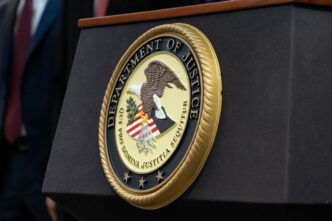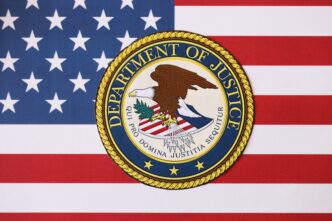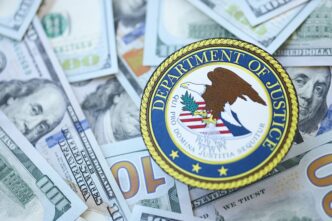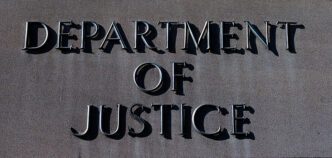Plans to establish a new solid-waste landfill atop Central Oahu’s active pineapple fields face significant opposition, with recent developments marking a tentative victory for opponents. Two legislative measures aimed at protecting Hawaii’s natural resources have advanced in the state Legislature. These measures seek to prevent landfills from being placed above potable groundwater or within agricultural districts. On Tuesday, both measures passed their third reading.
House Bill 969 proposes a ban on constructing, modifying, or expanding waste facilities on lands above significant aquifers, as identified by Hawaii’s Department of Health. Simultaneously, Senate Bill 438 aims to prevent landfill establishment in agricultural areas classified as “class A soils,” known for their high productivity. Additionally, this bill seeks to restrict landfill placement within a half-mile of residential, educational, or hospitality property boundaries, focusing specifically on landfill sites. Moreover, it prohibits landfill development inland of underground injection control lines in counties with populations exceeding 500,000, barring certain exemptions.
Both bills currently have different drafts and are expected to undergo a conference process to unify the versions before a final legislative vote. Legislative staff have indicated that this process must conclude by April 25, with the legislative session ending on May 2. Should both bills pass, Governor Josh Green will face a decision by June 24 to either sign, veto, or allow the bills to become law without his signature, with a final deadline of July 9. The governor’s office refrained from commenting on these measures until they reach final form.
The motivation for these legislative actions stems from a proposed landfill site in the Wahiawa area, planned for agricultural land owned by Dole Food Co. Hawaii. The city intends to purchase roughly 150 acres of this land for landfill purposes. However, this site is situated approximately 800 feet above Central Oahu’s primary groundwater source, causing concern among local stakeholders. The Board of Water Supply has expressed objections to the proposed site due to its location within a critical “no-pass zone.”
In 2022, the Board of Water Supply rejected six potential sites, including the Wahiawa location, due to their proximity to the island’s aquifer. Despite this, the city is under pressure to identify a new landfill site by December 31, 2024, in anticipation of closing the Waimanalo Gulch Sanitary Landfill in Kapolei by 2028, as per a 2019 state Land Use Commission decision.
The city’s plans have ignited backlash from lawmakers, with key figures sponsoring state-level bills to prevent landfill developments that threaten water resources. House Majority Leader Sean Quinlan and Representative Amy Perruso have been vocal in advocating for legislation against potentially harmful landfill sites, highlighting risks associated with contamination from toxic substances.
Honolulu City Council Vice Chair Matt Weyer has expressed support for the state bills, noting that their passage could remove the Wahiawa site from consideration. Weyer has introduced a budget amendment to prevent funding for landfill development above significant aquifers in the fiscal year 2026.
City Environmental Services Director Roger Babcock anticipates that the advancing bills will eliminate the Central Oahu site from contention. The city explores alternative plans, including modifying Act 73, which imposes restrictions on landfill placements. However, these efforts did not progress in the current legislative session.
Plan C involves maintaining operations at the Waimanalo Gulch landfill, though this option faces significant regulatory hurdles. The state Land Use Commission has mandated its closure by 2028, only allowing continued use if no alternatives exist. Nonetheless, the city might seek an extension if necessary, although this is considered a last resort.
The Human Element Explored
These developments in Hawaii have profound implications for local communities and the environment. The opposition to landfill sites above critical aquifers highlights deep community concern for environmental preservation and the protection of natural resources. The passage of these legislative measures could safeguard water supplies, which are essential for both residential use and agriculture—an industry deeply intertwined with the local economy.
Residents of Central Oahu and nearby regions may experience an increased sense of security regarding their water quality if these bills become law. Furthermore, these actions could set a precedent for other regions in the United States facing similar environmental challenges. The ongoing legislative efforts demonstrate a proactive approach to environmental stewardship, emphasizing the importance of sustainable development practices that prioritize community well-being and resource conservation.






